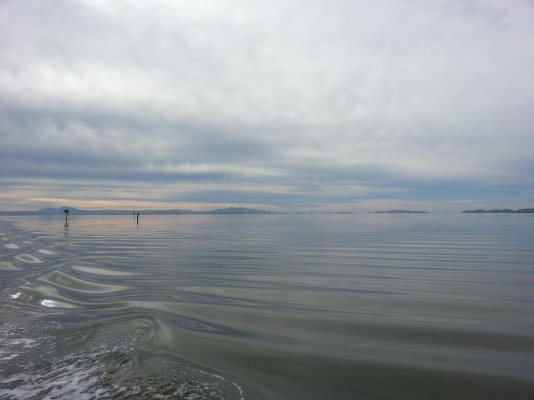Careful here - first, minor correction it's at least 700 nms from Ensenada to Cabo with the leg from Turtle Bay to Cabo just over 400 nms. Second, fuel at Turtle Bay is via a panga (Enrique) famous for being a mixture of 98% diesel and 2% mystery sludge; and for seeking breathtankgly high price for the pleasure. On the plus side, nice guy, nice family, and they'll pickup your trash. I would consider this an emergency or convenience stop only.
As a past delivery skipper out of San Francisco, I played these mind games for keeps for a living. Can a boat with 400 nm range get delivered the 4500 nms from Florida to California? On paper, yes - stretch from Cancun to Key West is just under 400 nms. Can it be done "safely?" Not to my tastes and tolerance - it means total reliance on accuracy of weather forecast, and means you're stopping for fuel ten times in places like Honduras and Nicaragua, neither of which I would consider safe. Best option would be to add barrels or bladder tank to increase range to at least 700 nms and you're still doing a meet-and-greet with Enrique and his family, especially if you're headed north into the prevailing "Baja Bash" weather.
I've long advocated for a term "Coastal Passagemaking" where a boat is equipped for serious weather within a 3-day zone of reasonably reliable weather forecasting, and carries enough fuel so the voyage isn't a tavern-to-tavern run of fuel stops in pretty rough commercial ports. For me, that means 1500 nms of range at normal cruise speed - San Diego to Acapulco is 1500 nms so you can dawdle all you want along the way, avoid the trappings of Cabo for La Paz, or just head to Mazatlan (which is actually about the same distance from Cabo as La Paz).
Peter

 I bet the GB 32 or 36 is much the same.
I bet the GB 32 or 36 is much the same.